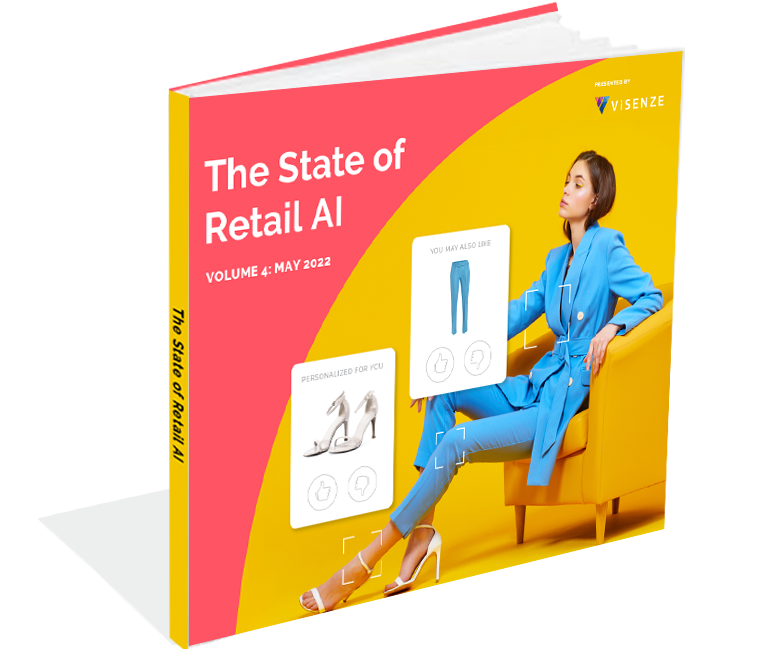
- June 28 2022
Personalization in Retail with ViSenze’s Co-Founder and CEO, Oliver Tan
Shoppers today have more choices than ever. With an increase in available retail options, shoppers can be very selective about who they do or don’t do business with. Winning shoppers’ attention increasingly requires personalization in retail. This is a growing concept that helps brands differentiate themselves and build a more loyal and satisfied customer base.
To find out more about how personalization is shaping ecommerce, we sat down with Oliver Tan, co-founder and CEO of ViSenze. We asked him questions and get his perspective on the matter.

Why is personalization in retail so important today?
According to Oliver, there are a number of reasons why personalization has become so important in the modern ecommerce landscape. In today’s highly digital world, consumers have precise expectations. They assume that their sellers will know and understand what they are looking for. “No consumers want to be treated as a number,” Oliver said.
For sellers, studies have shown that personalization drives performance and better customer outcomes. Companies that grow faster drive 40 percent more of their revenue from personalization than their slower-growing counterparts. Thus, this makes relevant recommendations a win-win situation for companies and their consumers. Retailers that don’t prioritize these customer expectations face a high risk of losing their shoppers to other brands.
How have customer expectations changed when it comes to online buying?
Now that the customer journey can begin online and end offline, or vice versa, shoppers require seamless interactions throughout the process. As Oliver stated, “buying online versus buying in-store is just a different platform. But the intrinsic consumer expectations will be very, very similar.” Ideally, retailers should focus on providing customers with consistent online and in-store shopping experiences.
Oliver also noted that, while consumer behaviors change naturally, COVID-19 has had a significant and lasting impact on shopping. It’s important for online retailers to keep in mind that, even as business returns to normal, the innate behavior of shoppers has changed for good. Consumers desire convenience and efficiency more than ever. They expect online shopping experiences to be similar to their in-store purchasing journey.
What are a few trends for personalization in retail you have seen or expect in the future?
The biggest trends Oliver sees in personalization revolve around customer journey data. Online selling produces more data than could ever be collected from in-store visits. “The volume of data itself has created fundamental difficulties in processing it,” he says. With such a significant volume of information now available to brands, it can be very difficult to make effective use and data-driven decisions without the right tools.
“One of the key dominant trends that are really emerging out of personalization is the use of artificial intelligence [AI] to process the data at scale.” AI helps brands not only collect large amounts of data but also use it to effectively build better customer experiences. Without artificial intelligence to help manage the high volume of information, it would be impossible to make sense of the data just by looking at it.
What challenges do retailers face in creating tailored shopping experiences?
Personalization means knowing who each shopper is as a human being, not just a number. The most pressing challenge that businesses face in tailoring their shopping experiences to individual people is scaling this operation. It would be impossible to write personalized emails for hundreds of thousands of people, so the question then becomes “how do you automate this?”, according to Oliver.
Meanwhile, the data is not static. Retailers are constantly given new information as buyers age and behaviors change. Not only that, but these data also come from disparate sources on social media and the physical world. “Dealing with this in a coherent, integrated way is one of the hardest challenges that brands and retailers have to date.”
To learn more about personalization and other trends affecting retailers today, read our latest State of Retail Al, Volume 4.


